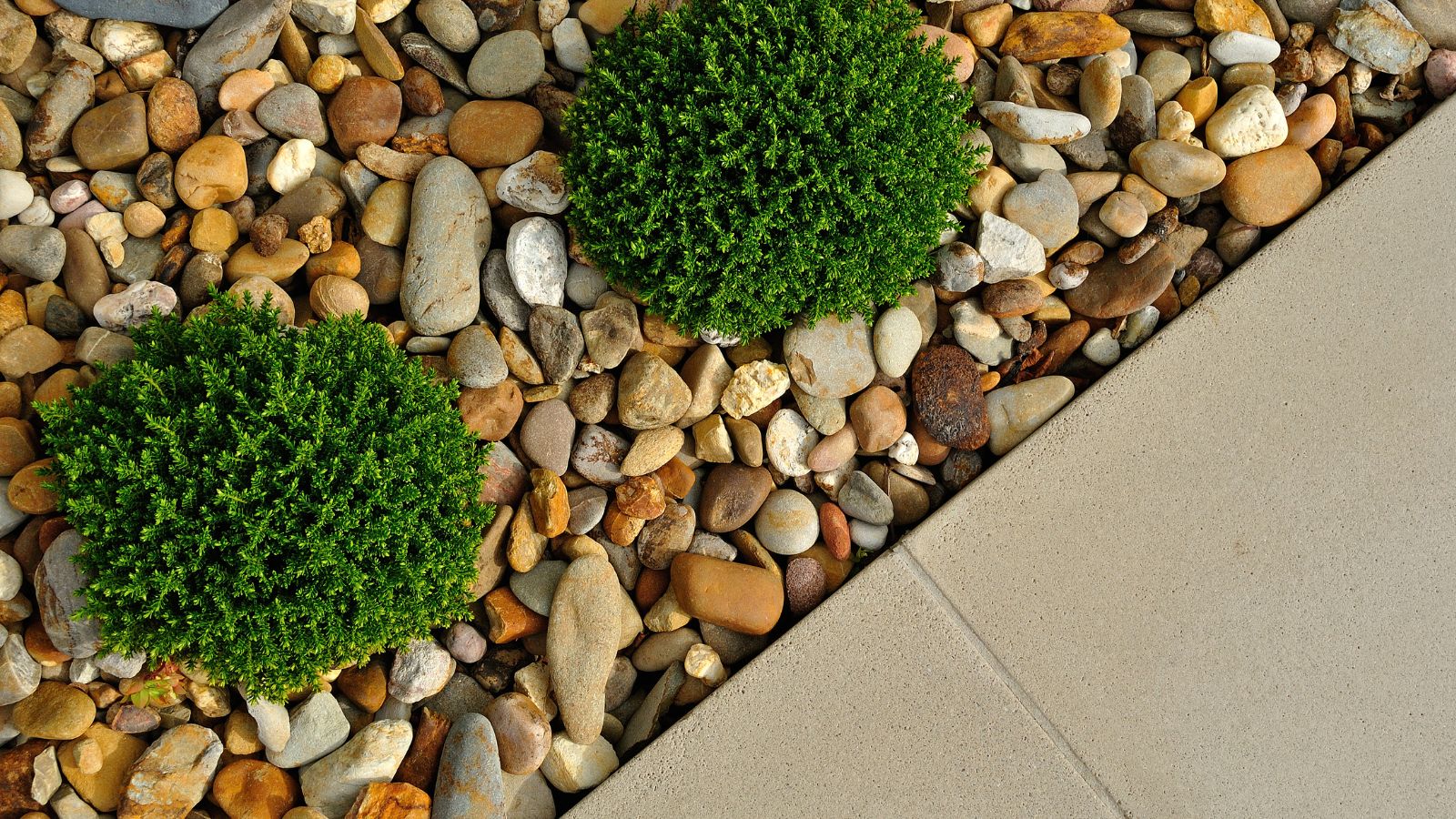How to Use Pea Gravel in Your Garden
•Posted on January 11 2024

Landscaping your garden can seem like a daunting task, but pea gravel may just make your life easier.
The hardscaping material is a versatile, easy to install and cost effective compared to other materials.
If you're wondering what pea gravel is and how to use pea gravel in your garden, read on.
Recommended for You:

What is Pea Gravel?

Pea gravel is a small, smooth-edged stone naturally occurring in water bodies.
One pea gravel is around 3 to 8 inches wide and goes by pea rock or pea pebble.
These rocks come in many colors, including:
- White
- Beige
- Gray
- Mixed
- Red
- Brown/Tan
Although these stones do not take a regular shape, they come in relatively small sizes and some pea gravel is more compact than others.
How Much is Pea Gravel?
The cost of pea gravel is measured per:
- Ton ($25-$35)
- Cubic yard ($25-$67)
- Truckload ($60-$385)
- Bag ($4-$7)
- Square foot ($0.50-$1.50)
Related Post: How to Make a Mini Farm in your Backyard
What Should I Put Down Before Using Pea Gravel?

One of the major advantages of pea gravel is its ease of installation, usually requiring less input than concrete.
However, before laying down pea gravel, you will need to create a boundary so it does not travel and erode.
To do this, you can use epoxy, tamp or even pavers.
Recommended for You:

What Are the Benefits of Pea Gravel?

One of the most attractive aspects of pea gravel is that it's easier on the pocket than limestone or concrete.
Its ease of installation also saves money on labour and work hours.
Additionally, pea gravel is a great deterrent for weeds and rodents that would otherwise dig up your lawn or garden.
It is also great at preventing erosion.
Related Post: How Soil Erosion Effects Your Garden and What You Can Do About it
If you have harsh winters, you may notice a phenomenon called first heave, where a regular pavement humps as soil swells and expands when frozen.
Pea gravel prevents this from happening.
Lastly, if you have clay soil around your home, pea gravel can help improve drainage as it sinks and mixes with the soil particles.
What Are the Disadvantages of Pea Gravel?

A common truth in landscaping is that no material used is ever perfect.
One of the downsides of using pea gravel is that it tracks and shifts if not contained properly.
It easily gets stuck in shoes and can damage delicate floors around the home.
This material also creates an uneven surface for outdoor furniture to stand on.
You probably have not thought of this, but shovelling snow out of pea gravel is impossible, so it should not be used in places that receive large amounts of snow.
Recommended for You:

Here Are Some Ideas on How to Use Pea Gravel in Your Garden:
Pea gravel can make your outdoor space tranquil and truly beautiful if put to use right.
• Pathways

Pea gravel makes a great outline when used on a pathway. The contrast of other surrounding soft features makes it an absolute must-have.
Related Post: 6 Fall Landscape Plants for Your Garden
• Mulching

To protect saplings, add some fertilizer and cover it with pea gravel to mulch.
You can use organic fish bone meal fertilizer or blood meal fertilizer.
For homeowners who prefer to use organic materials, the organic feather meal fertilizer from Greenway Biotech Inc. is your best bet.
Recommended for You:
• Decorative Patterns or Borders

Pea gravel is easily malleable and can be designed in any shape. Play around and discover amazing patterns and borders you can create.
Related Post: How to Amend Clay Soil
• Children's Play Areas

Children are often fascinated by pea gravel and have a great time playing in playgrounds. Just be careful with small children who may want to eat these stones.
Recommended for You:

How Much Does Pea Gravel Cost?

You can get good quality pea gravel from $30 to $70 per cubic yard.
The specific price depends on the peat gravel type and the pebbles' size.
Related Post: What You Need to Know About the No Dig Gardening Technique
Find the Best Gardening Tools

Pea gravel gardening ideas are galore, but you will need all the help you can get to set up your garden.
Find the best nutrients for your pea gravel garden in our shop and be on your way to a more sustainable, low maintenance garden you'll love!
Comments
0 Comments
Leave a Comment